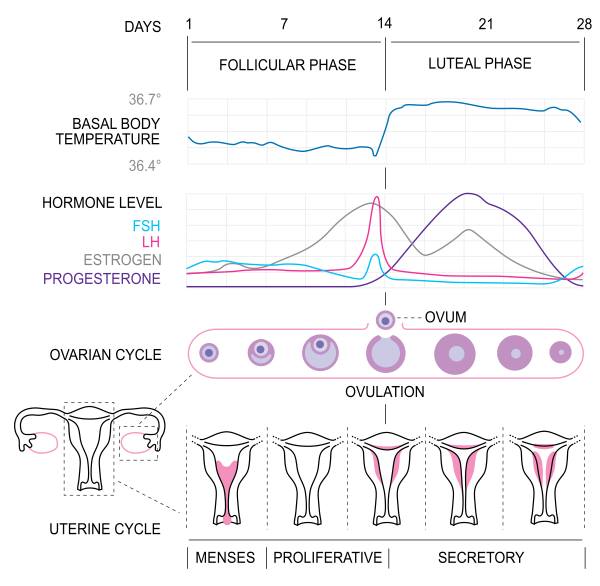


The menstrual cycle is what your body goes through to get ready for pregnancy. This cycle is the time from the first day of your period (first day of bleeding) up to the day before the start of your next period.
4 - Phases of Menstural Cycle
Getting to know your menstrual cycle
A typical menstrual cycle is 28 days long
| Phases | Days | Remarks | Pregnancy |
|---|---|---|---|
| Menstrual Phase | Day 1 to 5 | Menstrual bleeding Days | NO |
| Follicular Phase | Day 6 to 11 | When an egg matures in your ovaries | NO/yes |
| Ovulation Phase | Day 12 to 16 | The mature egg is then released into your uterus (ovulation), where it can potentially be fertilized by a sperm, resulting in pregnancy. | YES |
| Luteal Phase | Day 17 to 28 | prepares your uterus for pregnancy by thickening your uterine lining | NO |

Fertile Window
Preventing pregnancy in the fertile window
FAQ : Menstrual cycle VS pregnancy
What Is the Luteal Phase of the Menstrual Cycle?
Women will not experience any pregnancy symptoms during the earliest part of the luteal phase. This is because pregnancy does not occur until the fertilized egg implants into the wall of the uterus. During the luteal phase, the body produces more progesterone, which is a hormone that helps sustain an early pregnancy.What are the signs of luteal phase?
Other than fertility issues, symptoms of a Luteal Phase Defect include more frequent periods and spotting between periods, which is also the case for a range of different cycle-related health issues which makes it more difficult to diagnose